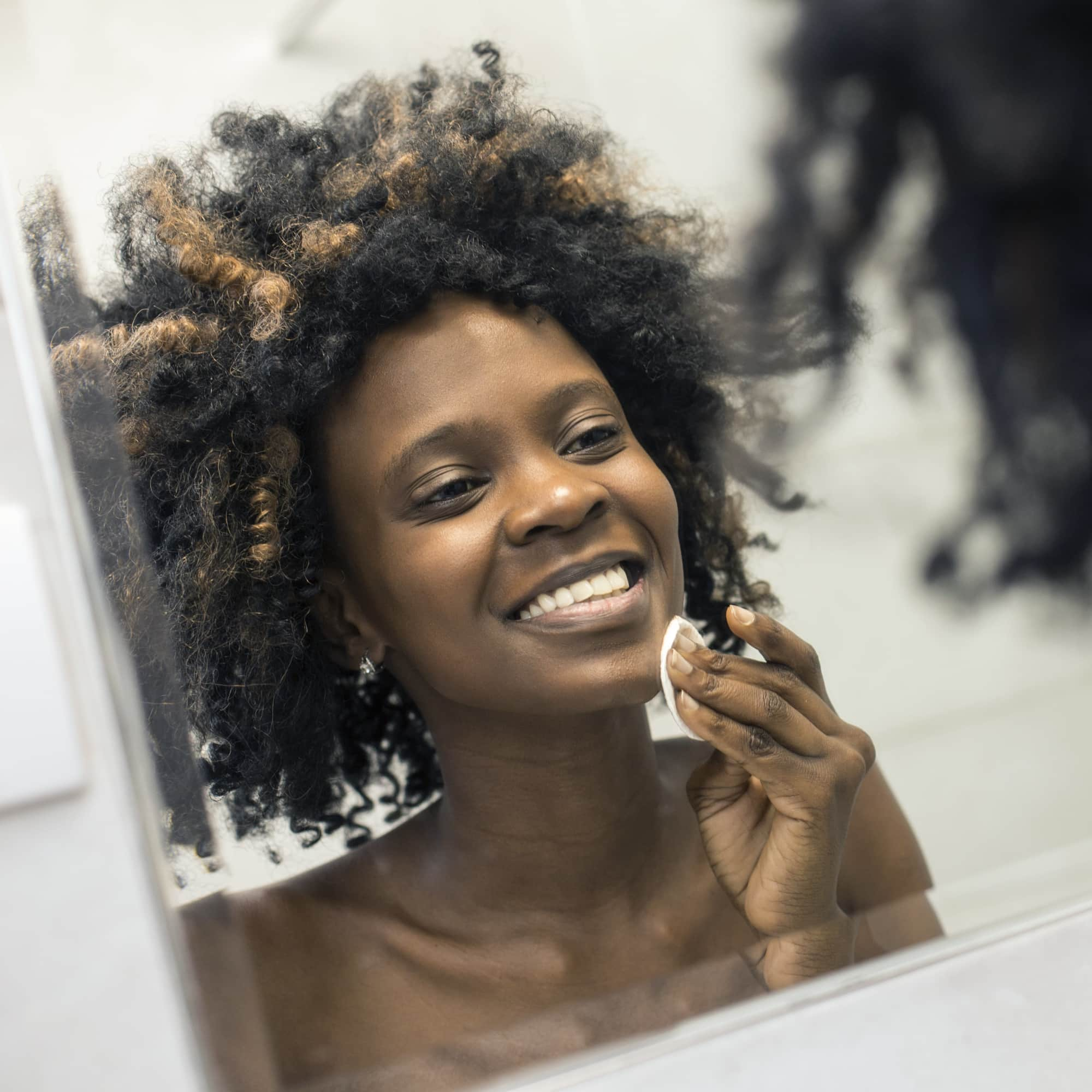
- POPSUGAR Australia
- Beauty
- AHAs vs. BHAs: What’s the Difference and Which Is Best For Me?
AHAs vs. BHAs: What’s the Difference and Which Is Best For Me?

Each month brings its own batch of new skin-care products but before we can find the perfect addition to our routine, we need to clear up some skin-care terms. Let’s start with AHAs and BHAs, or alpha-hydroxy-acids and beta-hydroxy-acids. Both are prime types of exfoliating actives, and while they have a lot of similarities there are key differences that set them apart. If you’re wondering how to differentiate between these powerful ingredients, we have your answers right here.
AHAs (Alpha Hydroxy Acids)
AHAs, or alpha hydroxy acids, are water-soluble exfoliators and are commonly found in skin-care formulations. If you see ingredients like glycolic acid, lactic acid, or citric acid listed on your products, you are looking at an AHA. These acids help increase the shedding of dead skin cells on the surface of your skin to promote an even, smooth, and glowing complexion. If that’s not enough to convince you to give them a try, AHAs are also great for aging skin because they penetrate deep into the skin to help stimulate collagen production. These actives are suitable for normal, dry, acne-prone, and oily skin types.
BHAs (Beta Hydroxy Acids)
BHAs, or beta hydroxy acids, aren’t as common as AHAs. You’re probably most familiar with salicylic acid, but tropic acid, trethocanic acid, and beta hydroxybutanoic acid are other examples. Those with acne-prone or oily skin can benefit from using BHAs, as they work wonders on blackheads and enlarged pores. This is because they’re oil-soluble exfoliators and can penetrate deep into pores to breakdown congestion and bacteria. While they’re far gentler than AHAs, BHAs can still be drying so it’s best to only use them as directed on the packaging.
No matter what type of acid you use, you should always follow up with sunscreen to protect your skin from UV damage.


